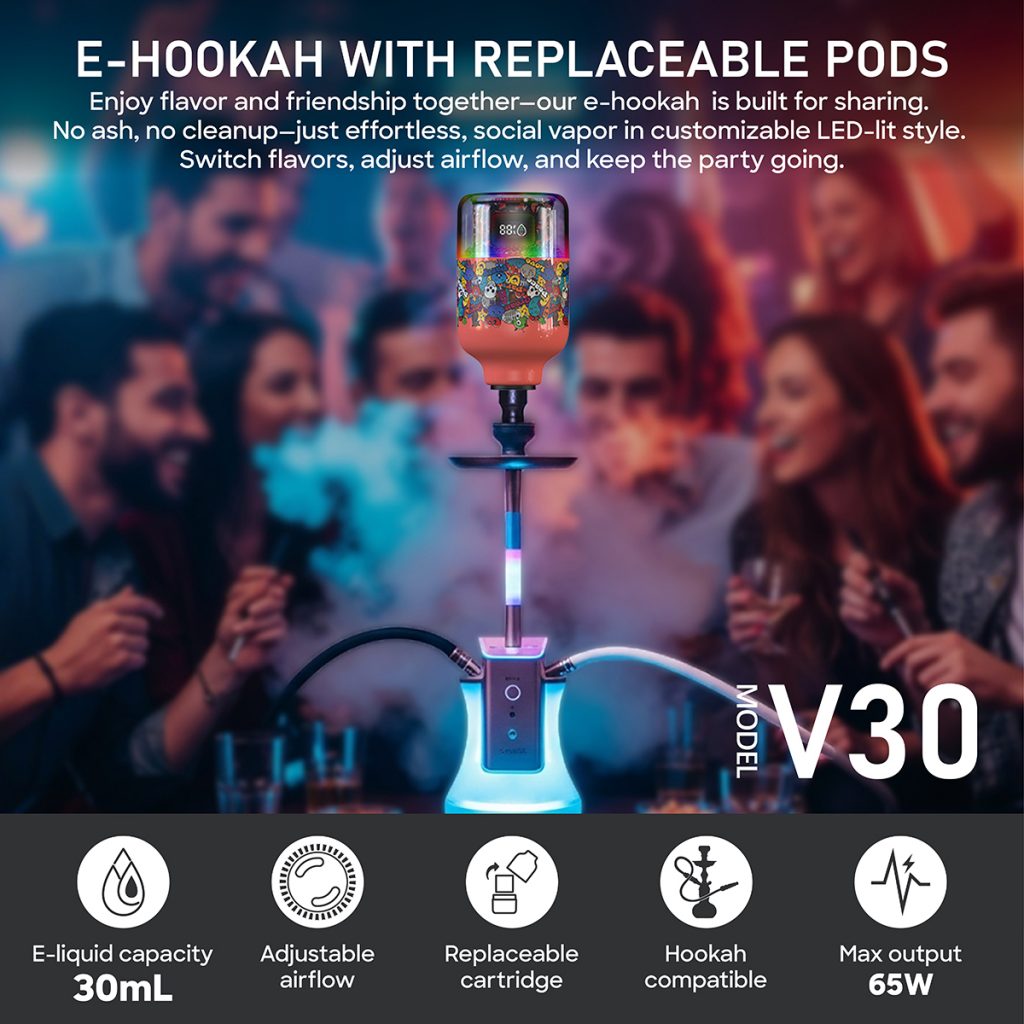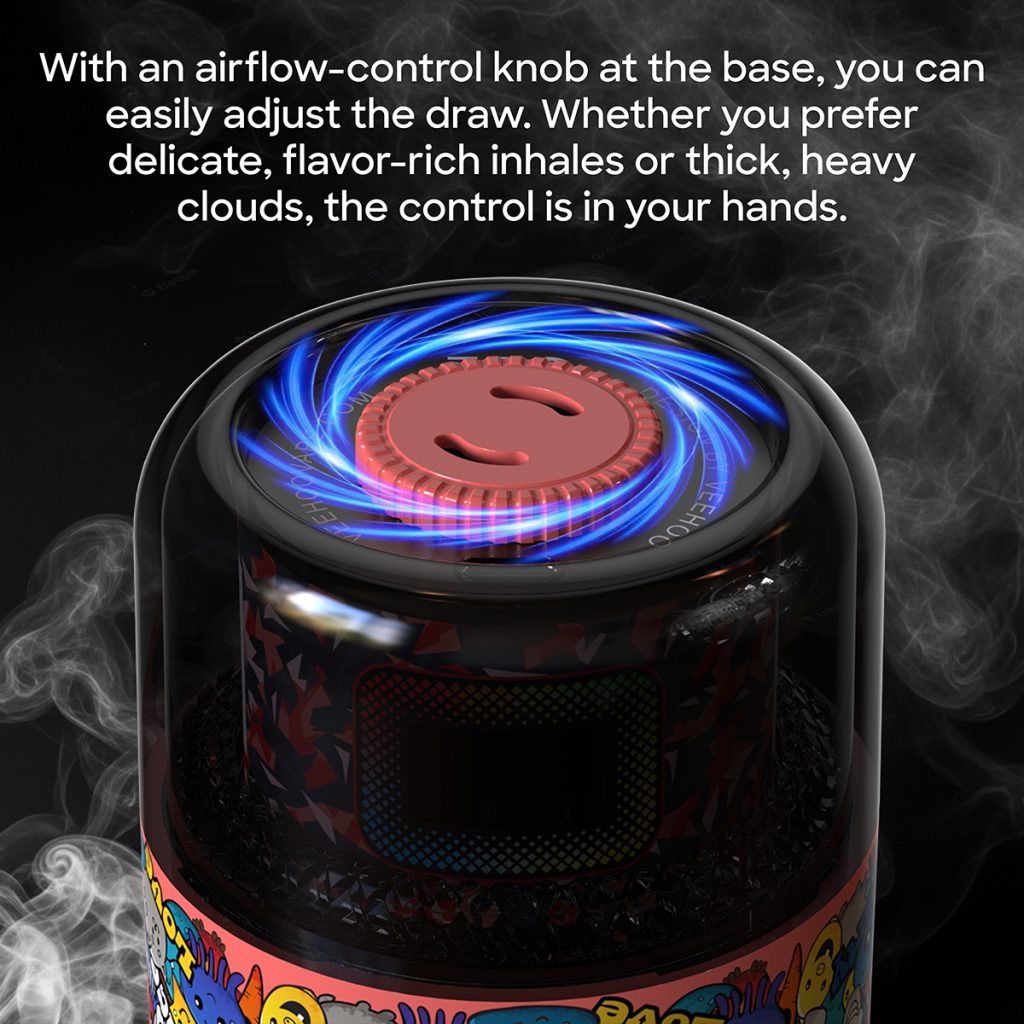Singapore recently announced that it would treat e-cigarettes as a “drug problem,” imposing extremely harsh penalties for any use or sale. This policy shift has drawn public criticism from the Asia Pacific Harm Reduction Alliance (CAPHRA). The alliance points out that this policy confuses illegal “drug cartridges” laced with controlled substances with legal nicotine e-cigarette devices, driving products that are intended as harm reduction tools into the underground market. This, in turn, could foster a larger black market, infringe on adults’ right to access less harmful alternatives, and violate the spirit of evidence-based harm reduction science. This move not only constitutes a step backward in public health, but also deprives the dialogue of rationality.
Singapore has long had an extremely strict policy on e-cigarettes, with a complete ban in 2018. However, despite years of implementing traditional tobacco control measures such as the WHO MPOWER, the country’s smoking rate remains hovering between 10% and 16%, with no significant decline. Singapore’s official policy unilaterally emphasizes a “total ban” without providing legal, safe, and low-risk nicotine replacement options for adults. Harm reduction science is excluded from this framework, losing its potential to truly serve public health.
CAPRA Executive Committee member Nancy Loucas used a vivid and sharp metaphor to point out that labeling all e-cigarettes as an illegal “drug problem” is like banning all beverages because someone is adulterating alcohol with methanol. She emphasized that this “one-size-fits-all” approach not only ignores the importance of e-cigarettes as a lower-risk product currently being transitioned to by adult smokers worldwide, but also drives legal products into the underground market, failing to reflect scientific and rational principles.

Meanwhile, Singapore reportedly seized over S$41 million worth of illegal e-cigarette products between January 2024 and March 2025. In 2019 alone, the total value of such confiscated items was only approximately S$95,000. This is a shocking increase, further revealing the thriving illicit market. This situation is partly due to the lack of legal and controllable alternative channels, forcing adults who need nicotine but lack legal access to it to turn to the underground market to address their nicotine dependence.
Amid this severe regulatory storm, compliant e-cigarette brands serving the legal market, such as VEEHOO, remain committed to a constructive and responsible approach. VEEHOO actively promotes e-cigarette products based on scientifically-sourced ingredients, compliant designs, and a traceable supply chain. While complying with regulations, it also provides adult users with a relatively low-risk nicotine replacement option. They use pharmaceutical-grade e-liquids and incorporate multiple temperature control and safety mechanisms to prevent the contamination of adulterated substances and controlled substances. They emphasize device design to prevent underage use, such as clearly labeling nicotine content and risk warnings on packaging, and implementing age verification mechanisms. More importantly, VEEHOO is committed to collaborating with regulators to establish a transparent tracking system from import source to consumer to prevent smuggling and gray market channels.
Taking a closer look at VEEHOO’s technological highlights, its TR40 series features a replaceable cartridge design, 12ml e-liquid capacity, a 600mAh battery, and a Type-C fast charging port. It utilizes grid heating technology to enhance atomization efficiency and flavor consistency, embodying the aesthetic and performance pursuits of modern consumer electronics. The V8 Flavor DIY dual-chamber device breaks new ground, allowing users to simultaneously load two different flavor cartridges, switching between them or creating custom blends to meet personalized needs. Crucially, these designs comply with strict regulations such as the TPD (EU Tobacco and Related Products Directive), demonstrating the brand’s regulatory intent and product legitimacy.

There is a clear gap between the regulatory environment and brand practices. The Singapore government is currently strengthening border controls and penalties to combat the illegal market, while also promoting public education in schools and communities through initiatives such as the “I Quit” program, student counseling, and online reporting channels. However, if these policies fail to distinguish between legal harm reduction products and illegal drug cartridges, they will only harm legitimate brands while preventing the full resolution of the drug problem.
CAPHRA reminds us that even if policies are motivated by the desire to protect society, if they ignore evidence and confuse legal and illegal practices, they can completely undermine the effectiveness of harm reduction strategies, forcing adult smokers back to traditional cigarettes or even more dangerous underground products, exacerbating health risks and public safety issues. In contrast, if brands like VEEHOO are included in regulatory pathways and supported by the establishment of legal regulatory channels, they may be able to find a more balanced and flexible path between high-pressure policies and practical needs.
From a broader health policy perspective, harm reduction strategies emphasize a science-based and adult-centered approach. CAPHRA notes that many countries, such as the United Kingdom, Sweden, Japan, and New Zealand, have significantly reduced smoking rates and mortality rates from related diseases by opening up legal and safe alternatives. In contrast, Singapore simply criminalizes smoking without providing alternatives. Legal brands like VEEHOO offer controlled products that could potentially serve as a “low-risk entry point,” helping adults avoid the harms of traditional tobacco.
In essays, we should appreciate the tension between policymakers, health advocacy organizations, and market brands. Without evidence-based flexibility, policies could potentially foster a black market and deprive adults of access to safer nicotine alternatives. CAPHRA’s call for a return to rationality, allowing for a legal and regulated market, rather than a blanket approach that eliminates diverse possibilities.
VEEHOO’s practice demonstrates how brands can proactively assume social responsibility: through scientifically compliant product design, strict traceability and channel management, public health education, and participation in industry standards, they can build a legal harm reduction path. This not only improves user safety at a technical level, but also demonstrates the brand’s social value to the public through industry self-regulation. VEEHOO is willing to complement judicial crackdowns on illegal products, rather than being viewed as a target of illegality. It also offers regulatory authorities room for collaboration, pushing policies from prohibition to regulation and guidance.

Overall, the controversy sparked by Singapore’s policy shock stems from its conflation of legal and illegal terms, losing sight of the crucial distinction between “punishing criminals” and “serving adult consumers.” CAPHRA’s criticism reminds us that public policy should not be spurned out of fear, nor should it avoid the necessary discussion of harm reduction. The pragmatic actions of the VEEHOO brand demonstrate that, within a complex regulatory environment, it is still possible to adhere to compliance, restore market order, and address the health and right of adults to choose.
To overcome the current predicament, three key areas of coordination are needed. First, policymakers should distinguish between illegal toxic products and legal nicotine replacement tools, establishing a rational dual-track system of regulation and enforcement. Second, legal brands must continue to improve their transparency, strengthening traceability, anti-counterfeiting, and education. Third, the public, especially adult smokers, should be given legal access to lower-risk products, while youth protection mechanisms should be developed simultaneously to prevent misleading and abuse.
The significance of this debate extends far beyond Singapore. It provides a mirror for the entire Asia-Pacific region and even the world in addressing e-cigarette policy: excessive prohibition can lead to the spread of underground risks, while moderate regulation can open a new chapter in public health. It is precisely within this tension that CAPHRA and VEEHOO play different yet complementary roles: the former provides rational critique and scientific support for policy, while the latter provides legal pathways and responsible practices for the market. If regulators, brands, and society can work together to cultivate a balance, future tobacco harm reduction efforts may be gentler, more authentic, and more effective.
Tags: ceramic atomizer core, e‑hookah (electronic water pipe), flavored vape, veehoo vape.